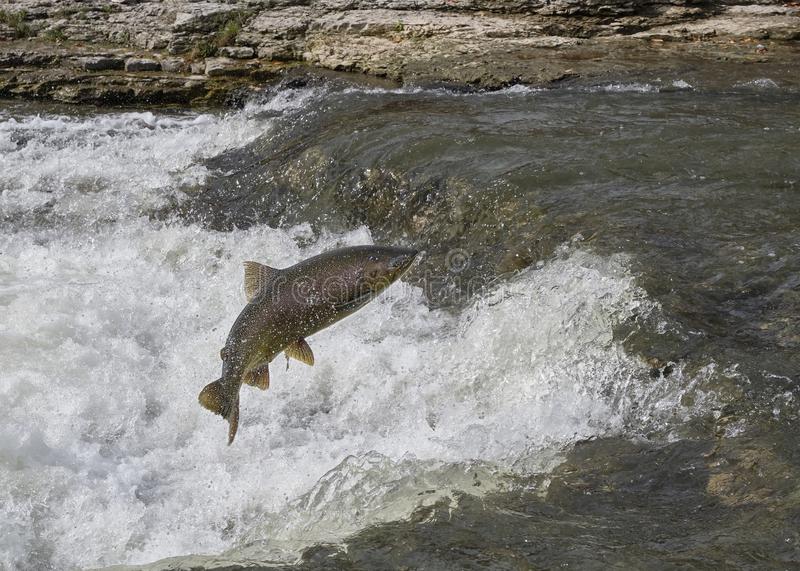-
The original form of this article was submitted on March 31, 1995 as the Direct Service Industries’ comments to draft regulations proposed by the U.S. Fish and Wildlife Service (FWS) and the National Marine Fisheries Service (NMFS, now NOAA Fisheries). The two agencies wanted to define “distinct population segments” under the Endangered Species Act (ESA) so that they would have a consistent definition for their regulatory decisions. Unfortunately, administrative convenience and political accommodation replaced science in the definition.
-
Factors Limiting Species Populations: 1
Categories: Estimated reading time: 1 minutes
There are many plant and animal species considered to be threatened, endangered, or of special concern to regulators and the public. Correctly estimating population sizes, relationship to habitats, and potential effects of anthropomorphic activities is crucial to making informed policy and regulatory decisions. Environmental conditions affecting species populations are the limiting factors. Quantifying limiting factors is fundamental to developing policies and practices that are most likely to create the desired future conditions for the species and its habitats. -
Factors Limiting Species Populations: 2
Categories: Estimated reading time: 2 minutes
Habitat use is one of the first factors considered when determining limitations on species abundance and distribution. For species being considered for some level of protection there are existing data describing habitats in which they have been found as well as abundance estimates. When projects are proposed in areas with potential habitats for the species it is common to survey these habitats for the species’ presence. The survey methods seek data to answer this question: What is the probability of the species occupying a site if it is not observed during a visit? -
Dredging sands and gravels from river beds and scalping annual sediment deposits from bars are too often considered environmentally harmful to aquatic life and water quality by environmental policy makers, regulators, and the public. One reason for this belief is that natural ecosystems are very complex and highly variable. Adding to this complexity and variability altered weather patterns (precipitation and the entire hydrologic cycle) contribute to changed behaviors by fish within each river system.
-
Fitting analytical model to data
Categories: To make informed regulatory decisions it is necessary to understand differences between ecological and environmental data. Analyses of environmental data historically use models developed by numerical ecologists for ecological data collected by academic and research agency scientists. These numeric and statistic models require well-structured data collected to fit assumptions and requirements of the models. This works for researchers who identify a question to be answered and work forward from that to determine when, where, and how much data need collecting to answer that question. -
Improving the ESA
Categories: Estimated reading time: 1 minutes
The United States’ Endangered Species Act (ESA) is based on societal values, not science. For practical as well as political reasons, the ESA should remain an active, Federal statute. However, many modifications can be made in the language of the ESA to greatly improve its implementation and enforcement. Some proposed changes are minor; others will have major impact on the law. My suggestion intend: To make the ESA more reasonable, effective and accepted (by the regulated public). -
Improving the ESA
Categories: The United States’ Endangered Species Act (ESA) is based on societal values, not science. For practical as well as political reasons, the ESA should remain an active, Federal statute. However, many modifications can be made in the language of the ESA to greatly improve its implementation and enforcement. Some proposed changes are minor; others will have major impact on the law. My intentions for suggesting these changes are: To make the ESA more reasonable, effective and accepted (by the regulated public). -
Much has changed since the Clean Water Act (CWA) was passed in 1972, but not how water quality is regulated. Existing environmental data analyzed with advanced statistical models can bring CWA regulatory compliance into the 21st century. With global warming, and societal concerns about sustainability, modernizing regulatory compliance benefits everyone. The use of maximum concentration limits (MCLs) on individual chemical ions or collections such as total dissolved solids (TDS) applied to all water bodies regardless of type or geographic location is similar to the way medicine was practiced centuries ago when we did not understand human physiology and variability.
-
Maximum Concentration Limits
Categories: Estimated reading time: 2 minutes
Much has changed since the Clean Water Act (CWA) was passed in 1972, but not how water quality is regulated. Existing environmental data analyzed with advanced statistical models can bring CWA regulatory compliance into the 21st century. With global warming, and societal concerns about sustainability, modernizing regulatory compliance benefits everyone. The use of maximum concentration limits (MCLs) on individual chemical ions or collections such as total dissolved solids (TDS) applied to all water bodies regardless of type or geographic location is similar to the way medicine was practiced centuries ago when we did not understand human physiology and variability. -
Metals and Aquatic Life
Categories: Estimated reading time: 2 minutes
Dissolved metals such as copper, cadmium, and zinc can be toxic to aquatic life, particularly fish. The current tool used to estimate site-specific water quality criteria for a metal is the biotic ligand model (BLM). The BLM intends to quantify how water chemistry affects chemical speciation and biological availability of metals in aquatic ecosystems. This is important because bioavailability and bioreactivity of metals control their potential for acute or chronic harm.



